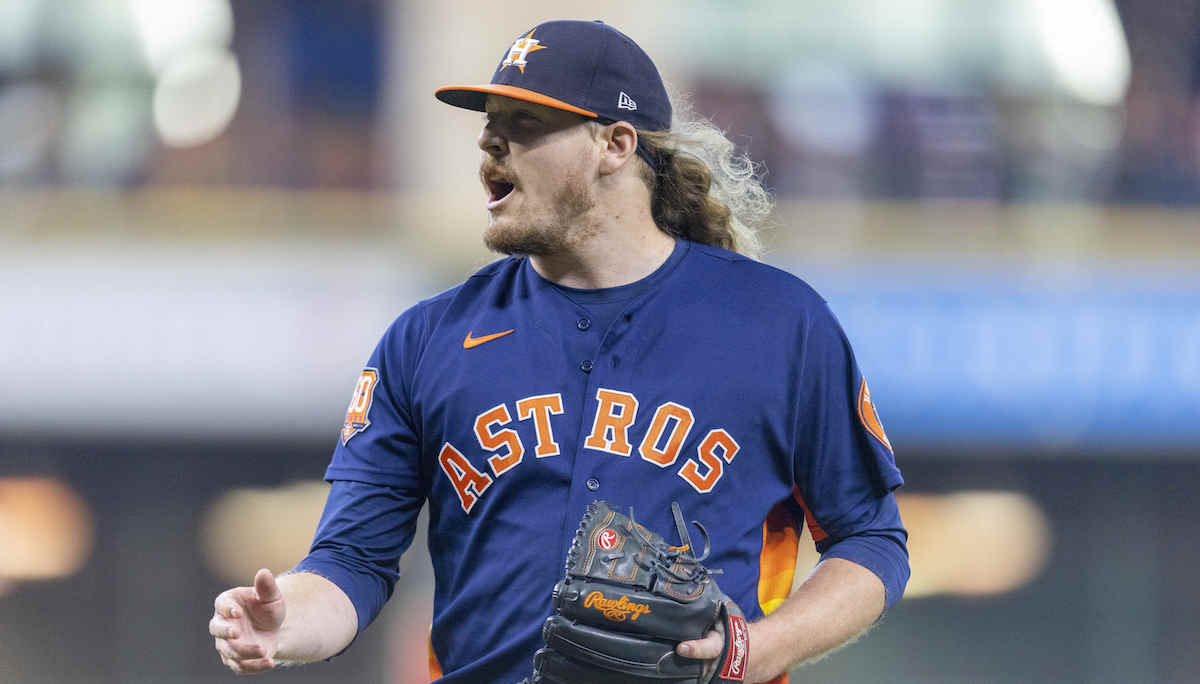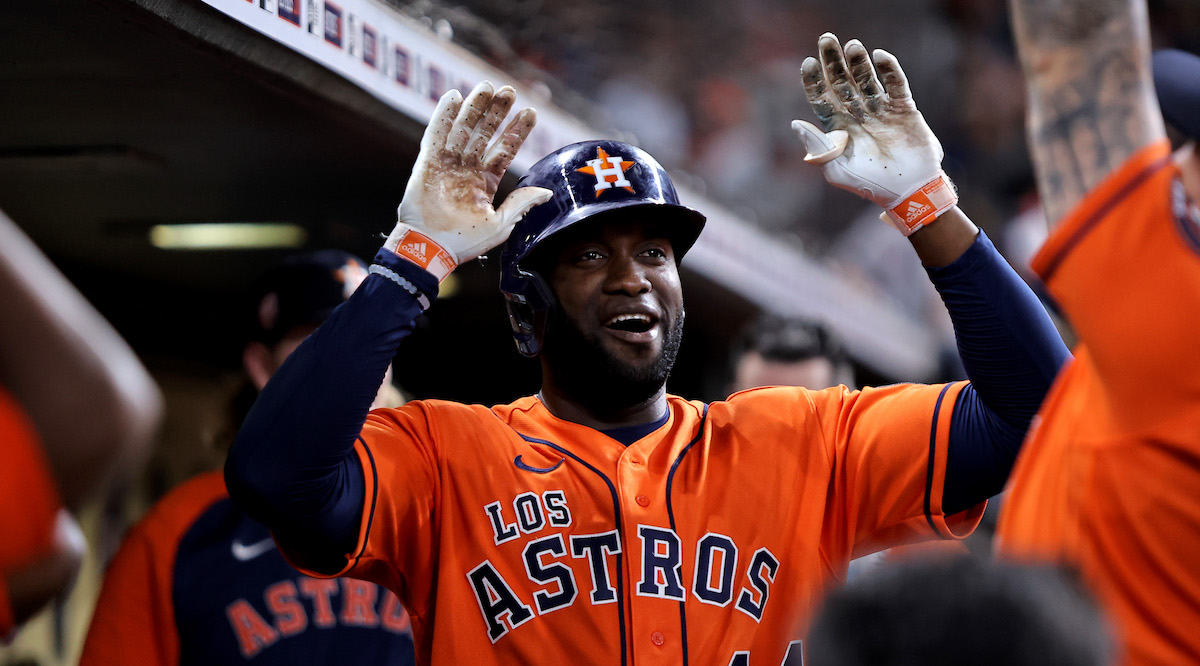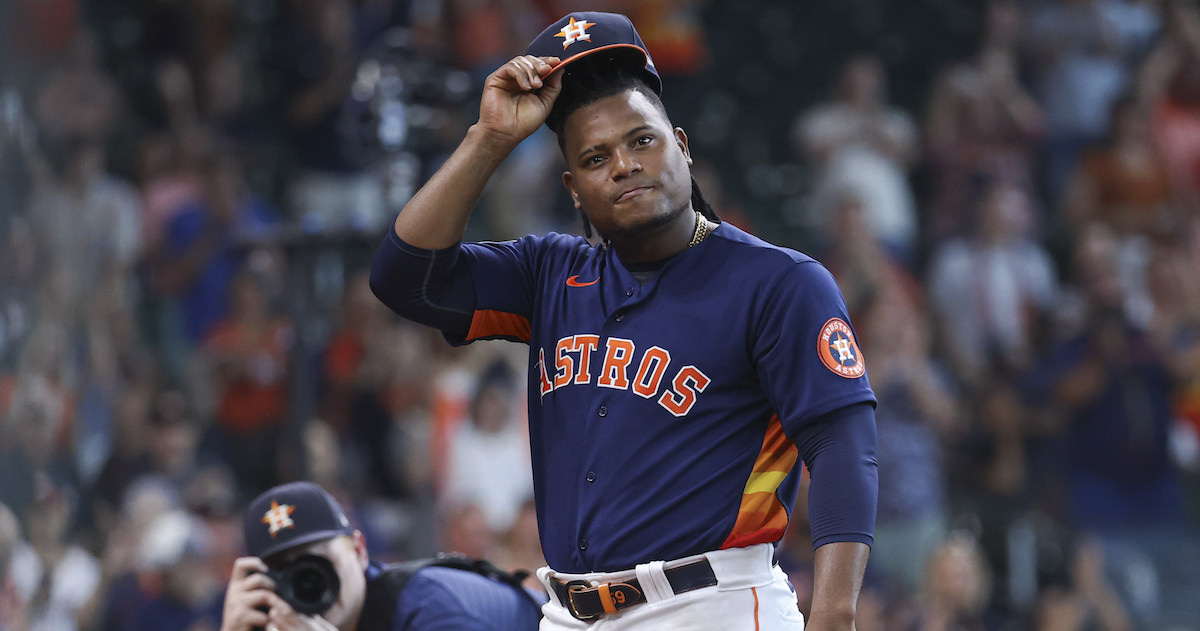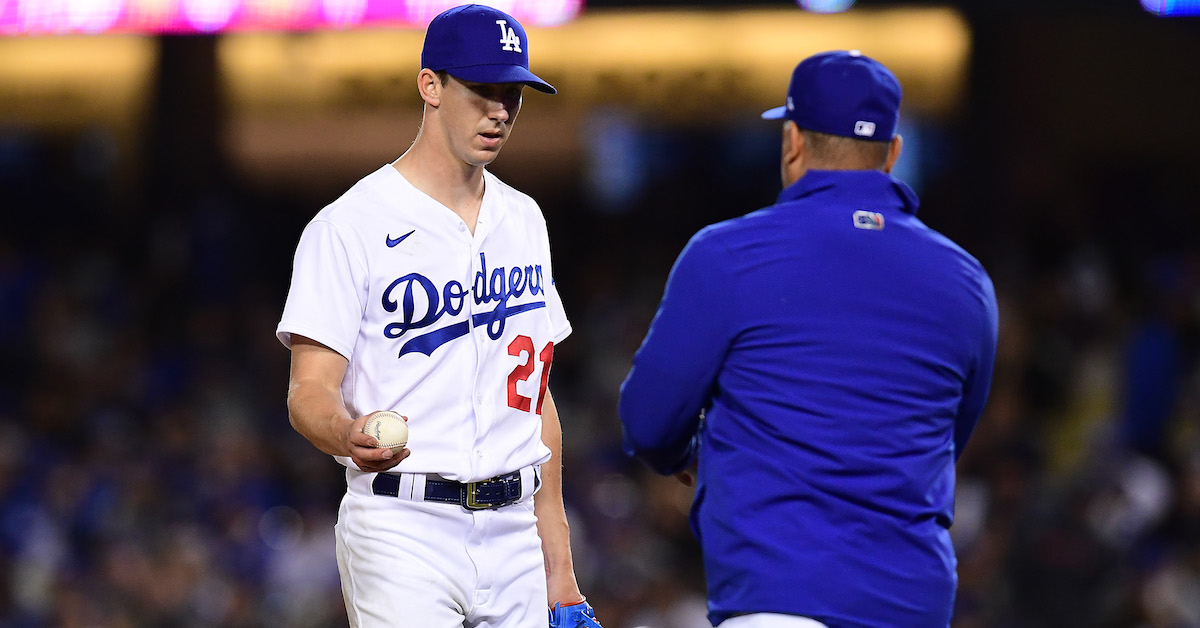Ryne Stanek Is Finally An Ace. Don’t Look At His Numbers, Just Trust Me.

I once spent what felt like a lifetime arguing with a colleague who hated the German soccer player Mesut Özil and would not be moved no matter what statistical evidence, stunning highlights, or expert analysis he consumed. For years, my friend insisted Özil was trash, and for years he was wrong.
Then, Özil finally lost a step, fell out with his coach, and got benched. Rather than admit circumstances had changed, my friend claimed victory, as if he’d prophesied the truth instead of stumbling into it after the fact. Which I’m totally fine with, by the way, and in no way still so pissed about that I’m bringing it up for an audience that likely knows or cares little about semi-retired European soccer playmakers and even less about my onetime debate partner. No, sir. Anyway, this experience taught me an important lesson about sports takemanship: If you hold on to an opinion long enough, even in the face of overwhelming evidence, sometimes the mountain comes to Mohammed.
In that spirit, I’m declaring that I was right about Ryne Stanek all along. Back in 2012, I was a huge Stanek fan. In his days at the University of Arkansas, he was one of the top candidates to go first overall in the 2013 draft. I saw his fastball velocity and wipeout slider and imagined him as a future no. 1 starter. And when Stanek continued to worry scouts his junior year — he fell all the way to no. 29 in the draft, despite posting a 1.39 ERA as a starter in the SEC — I was unmoved. Stanek would come good, I insisted.
For nine years, I kept the faith. Through injuries, through command problems, through a move to the bullpen. When Stanek finally started a handful of major league games, it was as an opener, the Blaster to Jalen Beeks’s Master. He was effective in short bursts, but a trade to the Marlins in mid-2019 and a month-long bout with COVID in 2020 brought his career to the brink of dissolution.
Suffice it to say, things have changed. Last year, Stanek became a key part of the Astros’ bullpen, appearing in 13 of Houston’s 16 playoff games, holding batters to a .139/.184/.333 line, and posting a positive WPA in the first 12 of those outings. This year, well, here’s a list of the top reliever ERAs in baseball this season:
| Name | Team | ERA | G | IP |
|---|---|---|---|---|
| Evan Phillips | LAD | 1.16 | 63 | 62 |
| Ryne Stanek | HOU | 1.17 | 58 | 53.2 |
| Ryan Helsley | STL | 1.26 | 53 | 64.1 |
| Edwin Díaz | NYM | 1.34 | 60 | 60.2 |
| Emmanuel Clase | CLE | 1.38 | 76 | 71.2 |
| Cionel Pérez | BAL | 1.43 | 65 | 56.2 |
| Anthony Bass | MIA/TOR | 1.56 | 72 | 69.1 |
| Jason Adam | TBR | 1.56 | 67 | 63.1 |
| Alexis Díaz | CIN | 1.76 | 57 | 61.1 |
| Brock Burke | TEX | 1.78 | 51 | 81 |
| Daniel Bard | COL | 1.82 | 55 | 59.1 |
| Erik Swanson | SEA | 1.85 | 54 | 48.2 |
| Jhoan Duran | MIN | 1.86 | 57 | 67.2 |
| Devin Williams | MIL | 1.93 | 65 | 60.2 |
It took nine years, but Stanek is finally as dominant as he was at Arkansas. A 1.17 ERA in 58 appearances for the top seed in the American League might not be a 200-inning Cy Young season, but it’s close enough that I can claim to have triumphed in the marketplace of ideas.
Many of these names above will be familiar to you from a piece Ben Clemens wrote last week about how the top relievers in baseball are especially dominant. Among the players he mentioned are the ones you’ll remember in several years’ time: Helsley chucking the rock at 104 mph, Díaz storming in to trumpet fanfare like a Roman consul, Clase cuttering through opponents like Mariano Rivera, plus six ticks. But Stanek, who’s second among relievers in ERA, didn’t merit a mention. As if he’s not actually elite.
The Astros don’t seem to think so either, or at least they’re not using him that way. Among the six Astros relievers with at least 40 innings pitched, Stanek is only fourth in gmLI, at 1.22, which places him in the range of important middle relievers, but hardly a high-leverage fireman or closer. Some of that is down to Houston having a loaded bullpen: in addition to closer Ryan Pressly, the Astros have invested significant resources in the past 18 months to sign or trade for Héctor Neris, Will Smith, Phil Maton, and Rafael Montero. They’ve all pitched well, as has Bryan Abreu. And Houston’s surfeit of rotation arms will bolster the bullpen in the playoffs — Justin Verlander acolyte Hunter Brown has already moved over, and one or both of José Urquidy and Luis Garcia is likely to join him there as October rolls on.
The other reason Stanek’s exceptional run prevention season is going unnoticed is that it’s most remarkable in one specific way: The sheer number of fluky season red flags he’s managed to hit. In an era when the best relievers are striking out tons of batters and walking no one, Stanek is a throwback to the Matt Mantei–Armando Benitez-type relief ace who gets outs but walks so many guys you end up watching his appearances through your fingers. I’m not complaining — everything that was cool when I was a middle schooler is coming back into style, it seems. Just today I saw a TikTok about how to make your hair look like Shawn’s from Boy Meets World. But I digress. Let’s take a look at some of Stanek’s stats:
| Category | Value | Rank* |
|---|---|---|
| BABIP | .266 | 69th |
| LOB% | 91.6 | 3rd |
| HR/FB% | 4.0 | 12th |
| ERA-FIP | -1.84 | 3rd |
Through Saturday
The Statcast-derived metrics are no more flattering:
| Category | Value | Rank* |
|---|---|---|
| SLG-xSLG | -.050 | 20th |
| wOBA-xwOBA | -.020 | 55th |
| ERA-xERA | -2.02 | 2nd |
Through Saturday
Calling Stanek’s season fluky feels unkind, and it’s certainly not my intention to denigrate the fine work he’s done this year. The F-word is usually tagged to players whose superficial stats look good but are actually bad. Stanek, based on the underlying numbers, is a good reliever whose ERA makes him look like Dennis Eckersley.
What is he, then? Well, basically the same pitcher he was last year: A good middle reliever with an above-average strikeout rate and a slightly concerning walk rate. He’s much less homer-prone this year, but that’s about it. His improved LOB% and inherited runner strand rate (up to 41% from 19% in 2021) come despite very similar performance with runners on base (.257 opponent wOBA in 2021, .267 this year). But it bears repeating that he was a workhorse in the playoffs for an Astros team that nearly won the title, and with the LDS and LCS both losing an off day, more of this postseason than ever will be decided by teams’ fourth- and fifth-best relievers.
Players like Stanek, in other words. As much as the Astros need star performances from Verlander, Pressly, and so on, they need their entire pitching staff to show up. Lucky for them, for the seventh and eighth innings they have an ace, just as I predicted all those years ago.








